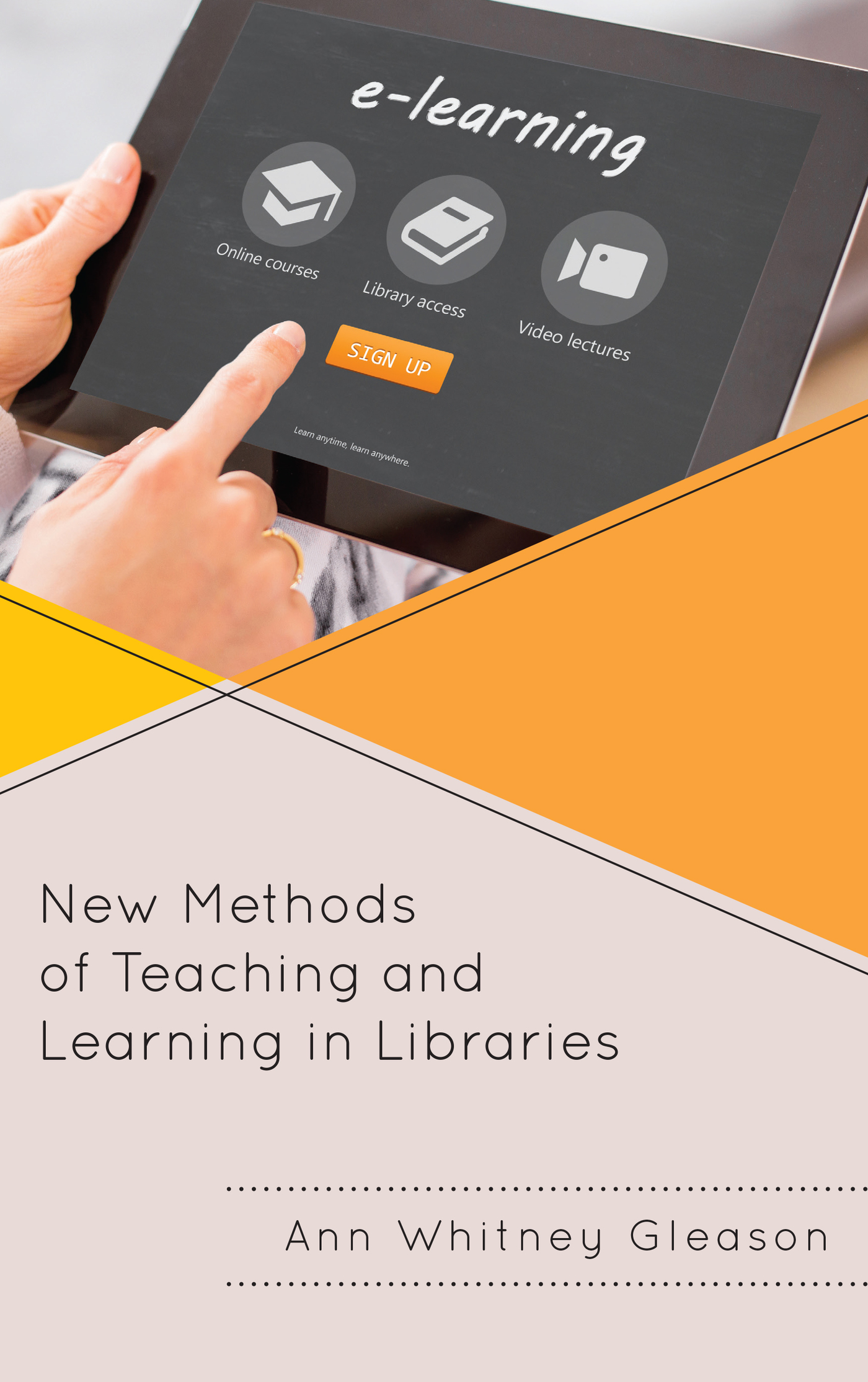New Methods of Teaching and
Learning in Libraries
Medical Library Association Books
The Medical Library Association (MLA) features books that showcase the expertise of health sciences librarians for other librarians and professionals.
MLA Books are excellent resources for librarians in hospitals, medical research practice, and other settings. These volumes will provide health care professionals and patients with accurate information that can improve outcomes and save lives.
Each book in the series has been overseen editorially since conception by the Medical Library Association Books Panel, composed of MLA members with expertise spanning the breadth of health sciences librarianship.
Medical Library Association Books Panel
Kristen L. Young, AHIP, chair
Dorothy Ogdon, AHIP, chair designate
Michel C. Atlas
Carolann Lee Curry
Kelsey Leonard, AHIP
Karen McElfresh, AHIP
JoLinda L. Thompson, AHIP
Heidi Heilemann, AHIP, board liaison
About the Medical Library Association
Founded in 1898, MLA is a 501(c)(3) nonprofit, educational organization of 3,500 individual and institutional members in the health sciences information field that provides lifelong educational opportunities, supports a knowledgebase of health information research, and works with a global network of partners to promote the importance of quality information for improved health to the health care community and the public.
Books in the Series
The Medical Library Association Guide to Providing Consumer and Patient Health Information edited by Michele Spatz
Health Sciences Librarianship edited by M. Sandra Wood
Curriculum-Based Library Instruction: From Cultivating Faculty Relationships to Assessment edited by Amy Blevins and Megan Inman
Mobile Technologies for Every Library by Ann Whitney Gleason
Marketing for Special and Academic Libraries: A Planning and Best Practices Sourcebook by Patricia Higginbottom and Valerie Gordon
Translating Expertise: The Librarians Role in Translational Research edited by Marisa L. Conte
Expert Searching in the Google Age by Terry Ann Jankowski
Digital Rights Management: The Librarians Guide edited by Catherine A. Lemmer and Carla P. Wale
The Medical Library Association Guide to Data Management for Librarians edited by Lisa Federer
Developing Librarian Competencies for the Digital Age edited by Jeffrey Coghill and Roger Russell
New Methods of Teaching and Learning in Libraries by Ann Whitney Gleason
New Methods of Teaching and
Learning in Libraries
Ann Whitney Gleason
ROWMAN & LITTLEFIELD
Lanham Boulder New York London
Published by Rowman & Littlefield
A wholly owned subsidiary of The Rowman & Littlefield Publishing Group, Inc.
4501 Forbes Boulevard, Suite 200, Lanham, Maryland 20706
www.rowman.com
Unit A, Whitacre Mews, 26-34 Stannary Street, London SE11 4AB
Copyright 2017 by Medical Library Association
All rights reserved. No part of this book may be reproduced in any form or by any electronic or mechanical means, including information storage and retrieval systems, without written permission from the publisher, except by a reviewer who may quote passages in a review.
British Library Cataloguing in Publication Information Available
Library of Congress Cataloging-in-Publication Data
Names:
Title:
Description: | Includes bibliographical references and index.
Identifiers:
Subjects:
Classification:
 TM The paper used in this publication meets the minimum requirements of American National Standard for Information Sciences Permanence of Paper for Printed Library Materials, ANSI/NISO Z39.48-1992.
TM The paper used in this publication meets the minimum requirements of American National Standard for Information Sciences Permanence of Paper for Printed Library Materials, ANSI/NISO Z39.48-1992.
Printed in the United States of America
Preface
Throughout history, libraries have always been about gathering knowledge and providing education. Since the days of the great library of Alexandria, libraries have served as centers of teaching and learning. This book focuses on new methods of teaching and learning in libraries and presents possible directions for the future of teaching and learning in libraries. A solid background in teaching and learning methods and practices is given as an introduction. Emerging models of library instruction and library support of instruction will be presented with practical ways that libraries of all types can implement some of these new models. Increasingly, librarians are called upon to partner with educational faculty and community members to deliver content and support innovative educational initiatives. Since libraries reach across academic disciplines and provide resources for the greater community, they are uniquely positioned to provide services and technologies that are available to many, bringing innovation out of silos and facilitating cross-community collaborations. More and more, education is reaching beyond institutional walls and becoming a global enterprise, promising to increase educational opportunities around the world. Topics of educational innovation in libraries and the implications for planning for future services and programs will be presented.
New Methods of Teaching and Learning in Libraries aims to offer librarians beginning their practice of library instruction the background information and practical guidelines needed for success. Those interested in improving their instructional practice should also find topics of interest. In addition, each chapter offers new directions for delivering instruction in both physical and virtual spaces, using many different types of tools and technologies. The book is divided into three main areas of focus:
Part I: Teaching and Learning Practices in Library Instruction
Part II: Using Educational Technology to Scaffold Learning
Part III: Facilitating Learning in Library Spaces
Part I: Teaching and Learning Practices in
Library Instruction
Background knowledge of teaching methods, educational theories, and teaching practices provides a good starting place for librarians who are called to teach in their institutions. In order to truly engage and motivate students to learn, knowledge of effective teaching methods and tools is essential. In part I, we will explore teaching methods and practices as well as guidelines for planning, delivering, and assessing educational instruction in libraries. Creative ideas, sample lesson plans, and advice from practicing librarians will be presented.
Chapter 1 focuses on the background environment of teaching and learning in libraries. It also presents an overview of learning theories and pedagogical methods. Chapter 2 focuses on teaching students skills for career success, including critical thinking, problem solving, information literacy, and evidence-based practice instruction. Active learning using group work and collaboration, problem-based learning, and other topics will be explored as ways to encourage higher-order thinking skills. Methods of planning for instruction and assessing student learning, as well as tips for improving library instruction programs, will be explored.
Chapter 3 focuses on teaching beyond the library walls, including discussions of embedded librarianship, teaching through online guides, videos, and tutorials, as well as using web conferencing and massive online open courses (MOOCs). Practical guidelines for integrating instruction with online course management systems (CMS) are presented. A well-designed CMS can be instrumental in flipping the classroom so that valuable in-class time is spent honing skills for lifelong learning. Global education initiatives and mHealth are also discussed. Open educational resources (OERs) and sharing of educational materials in learning communities will be explored.

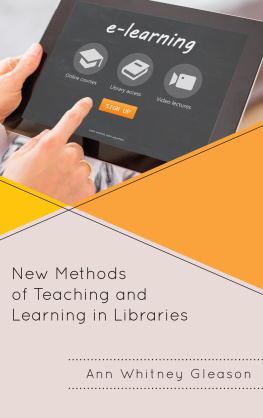


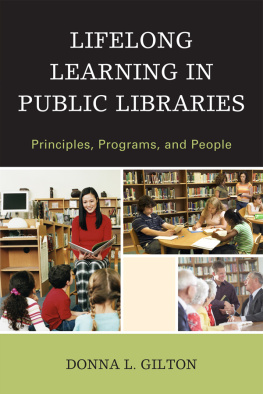
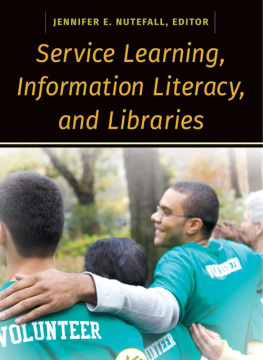
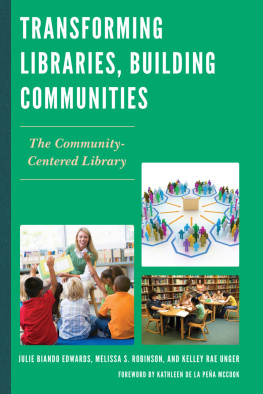
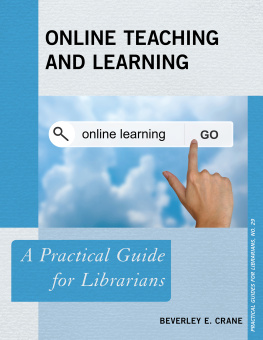


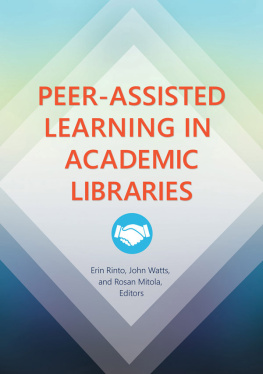
 TM The paper used in this publication meets the minimum requirements of American National Standard for Information Sciences Permanence of Paper for Printed Library Materials, ANSI/NISO Z39.48-1992.
TM The paper used in this publication meets the minimum requirements of American National Standard for Information Sciences Permanence of Paper for Printed Library Materials, ANSI/NISO Z39.48-1992.